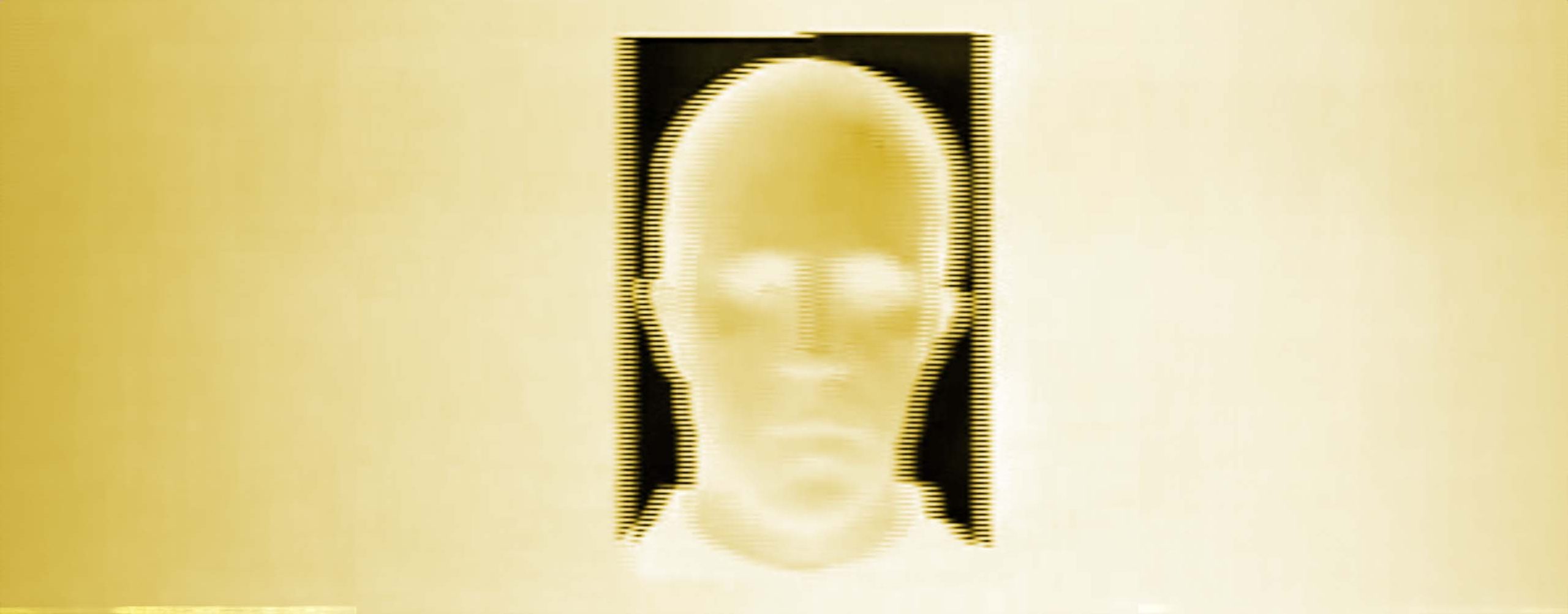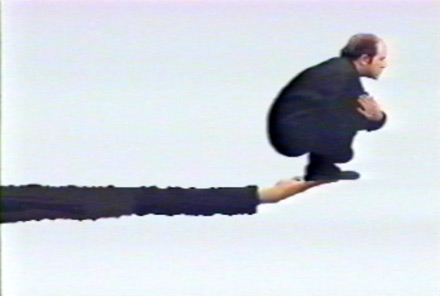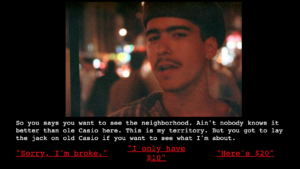In a country like Colombia, where the art economy struggles to find its place and the cultural sector faces significant challenges, unique stories emerge of individuals who have defied these challenges by pioneering currents that transform the paradigm of traditional art using unconventional technologies for their time and transgressive narratives of the conservative status quo that has characterized the country since the institutionality of the creative sector. Artists, spaces, movements and events that have served as an island of inspiration and beings that have become those “path openers” for an entire generation that now approaches with much more confidence the fields of digital art and the arts of time thanks to their legacies.
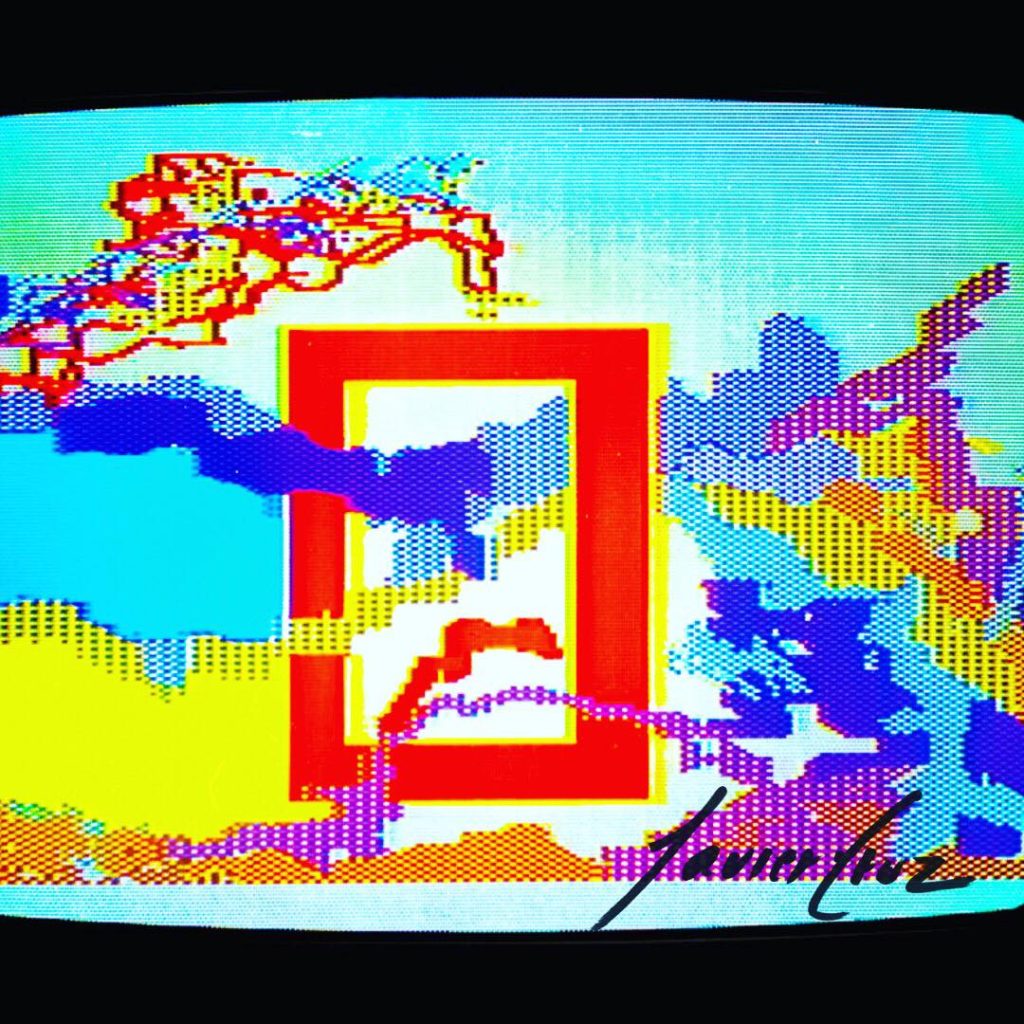
Sin titulo: Javier Cruz
The beginnings of video art and experimental art in Colombia arose in parallel to the dominant power of television and radio as mass media. The advent of new videographic technologies favored the artistic appropriation of the electronic image and the international influences of video, which went beyond the traditional structures of cinema, were already becoming relevant in the art world with influences such as Nam June Paik and Wolf Wostell.
Particularly in Colombia the creative potential of these media was being strongly promoted by Gilles Charalambos, perhaps one of the most significant figures in terms of video and digital art in Colombia. Gilles instructed a whole first generation of digital pioneers and visual artists who were beginning to show experimental alternatives to audiovisual storytelling.
Distorsión Intermitencia Falsificación en esta información- Gilles Charalambos (1978)
Some of these were artists like Santiago Echeverry and Javier Cruz, who from an early age had the opportunity to access pioneering technologies in digital graphics and programming such as the Atari or the Commodore… These machines, which were even used by Andy Warhol himself, came into the hands of Santiago and Javier between the 80s and 90s, and allowed them to freely explore their creativity, in what would become the new media in art.
Javier Cruz is one of the first video artists who explored the transition from painting to pixel, quickly understanding that his canvas was the television screen, observing this device as an almost sculptural object that could house the moving image.
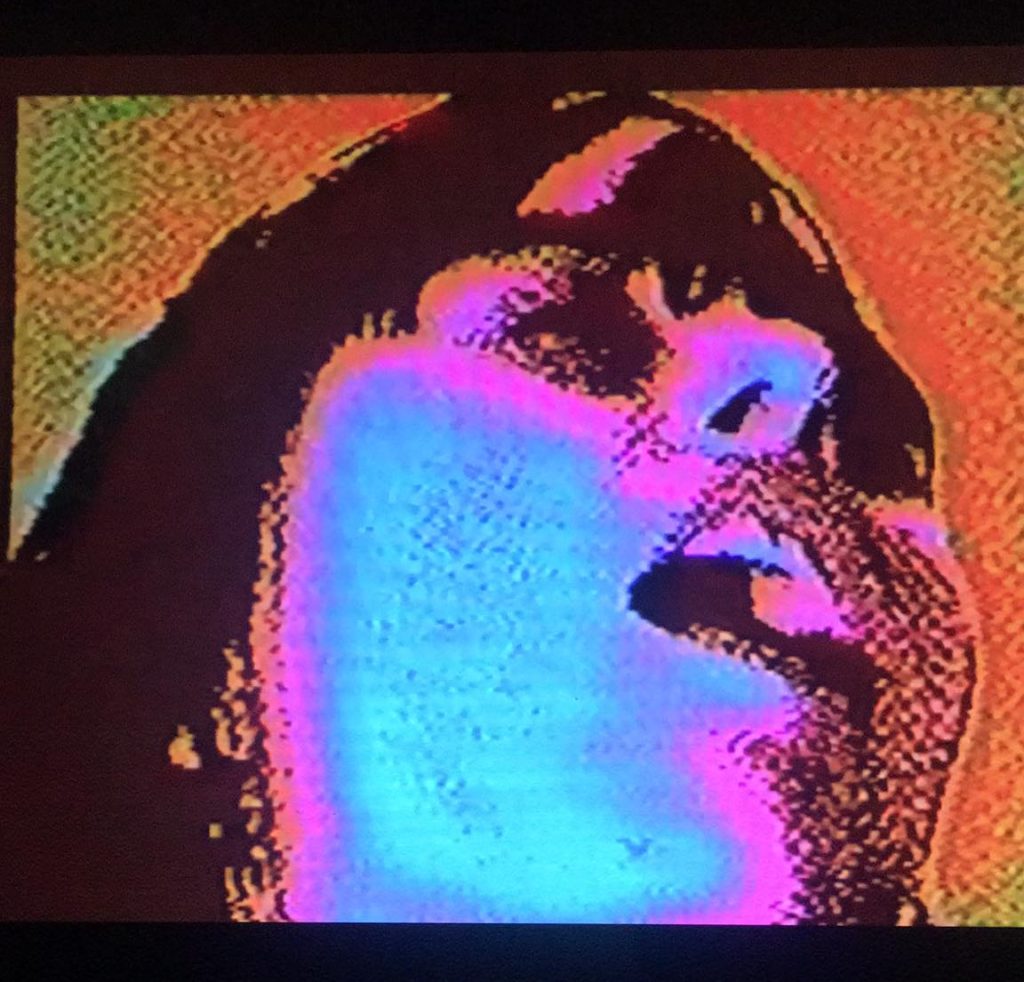
In a particular way Santiago Echeverry stood out by forging a conceptual identity rooted in interactivity and live creation whose archives were displayed on the emerging web servers of the time. Through solid programming skills and the opportunity to train abroad, he was able to test equipment that was unavailable in Colombia, which allowed him to create animated videos, user interactions through cameras and image generation software.
Octobre – Santiago Echeverry (1992)
These experiences enriched his technological skills and pushed him to forge creations that challenged both the technical and conceptual conventions rooted in the conservative and radical country that prevailed at the time. Profound themes such as the body, sexuality, artistic activism and death have been addressed by Santiago using non-linear and poetic narrative resources. Works such as “Con Game” could be considered pioneers in the field of interactive video narratives. In addition, his works with the use of the Kinect show his interest in involving the viewers as fundamental elements in the process of the works in real time. These videos, often autobiographical and spontaneous, captured their environment, nightlife, relationships and family life.
Con Game – Santiago Echeverry (1998)
Likewise, the contributions of Francisco Javier Hurtado, Jose Alejandro Restrepo and Mirian Luisa Diaz, who taught in the country, mainly at the Universidad de los Andes and the Universidad Nacional in Bogotá, where their contributions on video art, interactive multimedia, interfaces and installations, were very valuable for understanding the electronic arts in our country.
Another teacher and one of the artists most involved in the creation, promotion and diffusion of real-time video in Colombia is Carmen Gil, who between the 90s and 2000s began to explore with black and white scanners, software such as Flash, Director, Photoshop, Isadora and Modulate and to use projection surfaces with video beams, televisions and web content.
Manual de Persuasión Ilustrado – Carmen Gil- La quinta del lobo
Carmen has excelled especially in her audiovisual performances, monumental projections and Fulldome experimental formats. She has also played a fundamental role in the promotion and support of new generations of digital artists in Colombia. Her influence extends to the creation of specialized spaces in the field of real-time video, highlighting the formation of collectives such as retroVISOR and La Quinta del Lobo. Carmen has also managed exhibition events such as Voltaje in Bogotá, contributing significantly to the construction and consolidation of an artistic ecosystem of digital arts, interactive and non-conventional technologies.
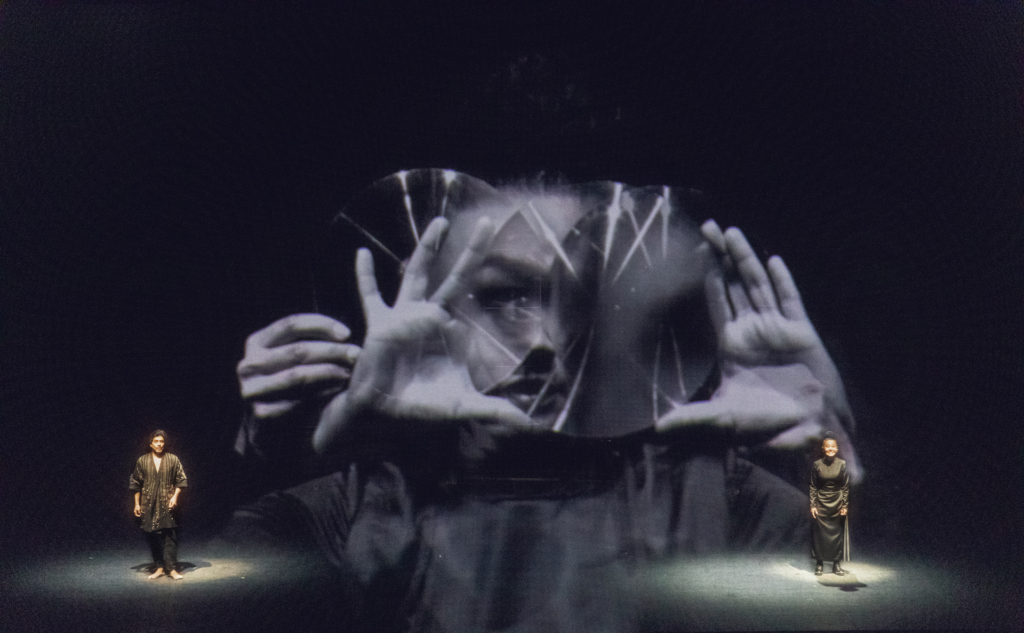
La quinta del Lobo – Carmen Gil Vrolijk
It is important to mention that academic spaces specialized in this field have emerged transversally, such as the Festival de la imagen de Manizales, some spaces of the Laboratorio de Experimentación MAMM and El exploratorio de Medellín, but also, and perhaps even more importantly, events, self-managed spaces and collectives such as the International Independent Film Fair of Bogota, Bogotrax, Platohedro, MASA Manifestación Social Audiovisual, Aleph Experimental, El validadero, Estratosfera among many others, whose efforts have built an ecosystem of learning, feedback and connection of new artists interested in electronic and digital arts.
Real-time video continues with a certain margin of freedom in the transformation and interpretation of pre-existing visual content, widening the scope for creative experimentation in the moving visual field.
The constant growth of spaces dedicated to the exploration and promotion of real-time video has provided the opportunity to analyze in detail the characteristics that increasingly differentiate this discipline from video art, and bring it even closer to the field of performance or expanded cinema. Its transdisciplinary nature is nourished by the synesthesia between image and sound, the ability to manage rhythm and synchronize time, the capacity to use space creatively and the direct interaction with the audience. Moreover, in one way or another, the flexibility and ability to improvise could become almost the superpower of this discipline that precisely resorts to live creation, exalting the value of evidencing the creative process and spontaneous action that characterizes it.
A diferencia de la industria de las distribuciones de Betamax y VHS en el videoarte que lidiaron fuertes restricciones sobre la reproducción libre de material de archivo, el video en tiempo real continua con cierto margen de libertad en este aspecto del uso, transformación e interpretación de contenido visual preexistente, ampliando el margen de experimentación creativa en el campo visual en movimiento. Sin embargo el uso decorativo de efectos en los softwares utilizados y la incorporación común de material de archivo son dos elementos fundamentales que han generado tanto críticas como admiración en los recientes años del video en tiempo real dentro de la era digital. Esto subraya la relevancia de mantener una vigilancia constante sobre cómo se manejan estos elementos de manera creativa y poética, que vayan más allá de los “efectos especiales” o la simple reproducción que no es revitalizada de un nuevo mensaje o estilo propio.
Hybris FullDome,Carmen Gil (2017)
Nowadays, real-time video has conquered scenarios beyond the television screen and web servers to which it was initially conditioned, now it is taking more and more prominence in theaters, music festivals, performing arts venues, domes and planetariums, museums and galleries. It also has a strong momentum of development thanks to artists who continue to strengthen the modes, spaces and techniques of creation such as Celeste Betancourt, Julian Medina, Laura Ramirez, to mention just a few, have assumed a key role in this evolution, which has been consolidating a solid niche in the artistic and creative possibilities of video in real time in Colombia.
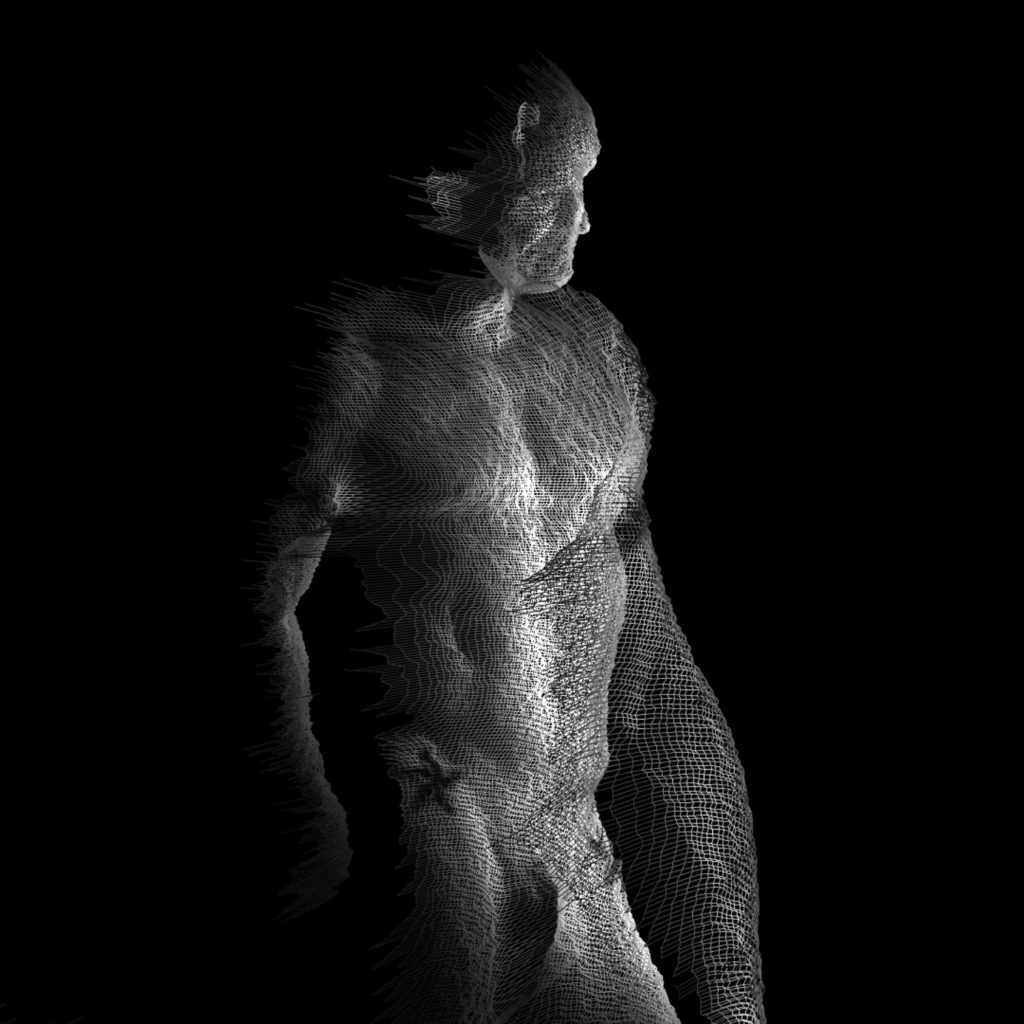
Túnel de Tiempo- Santiago Echeverry (2019)
